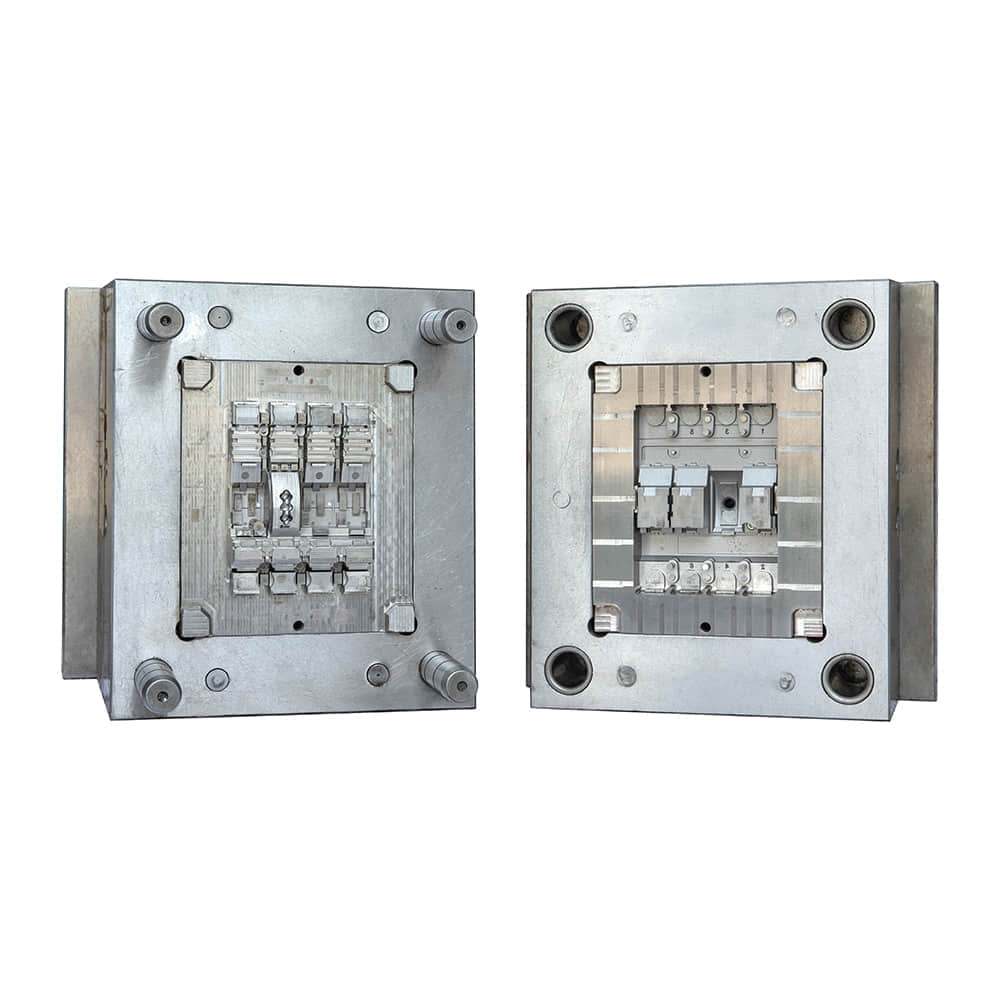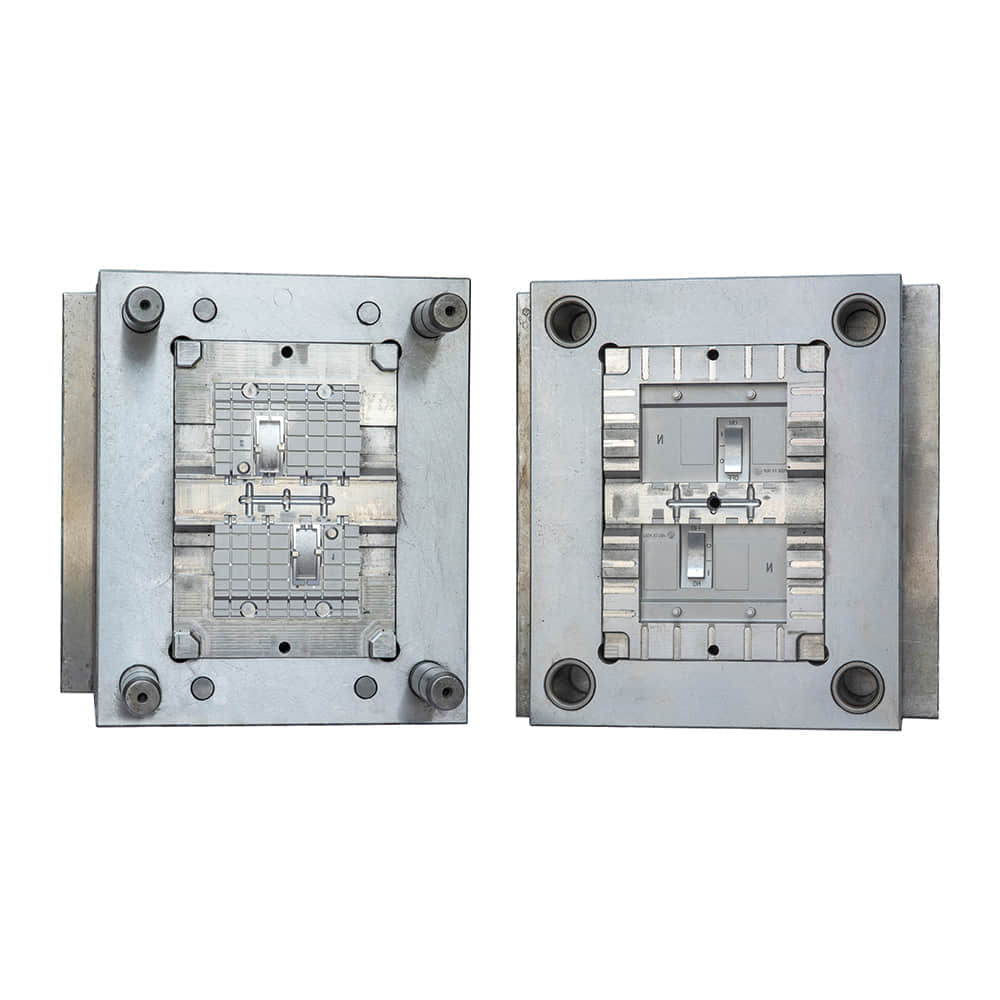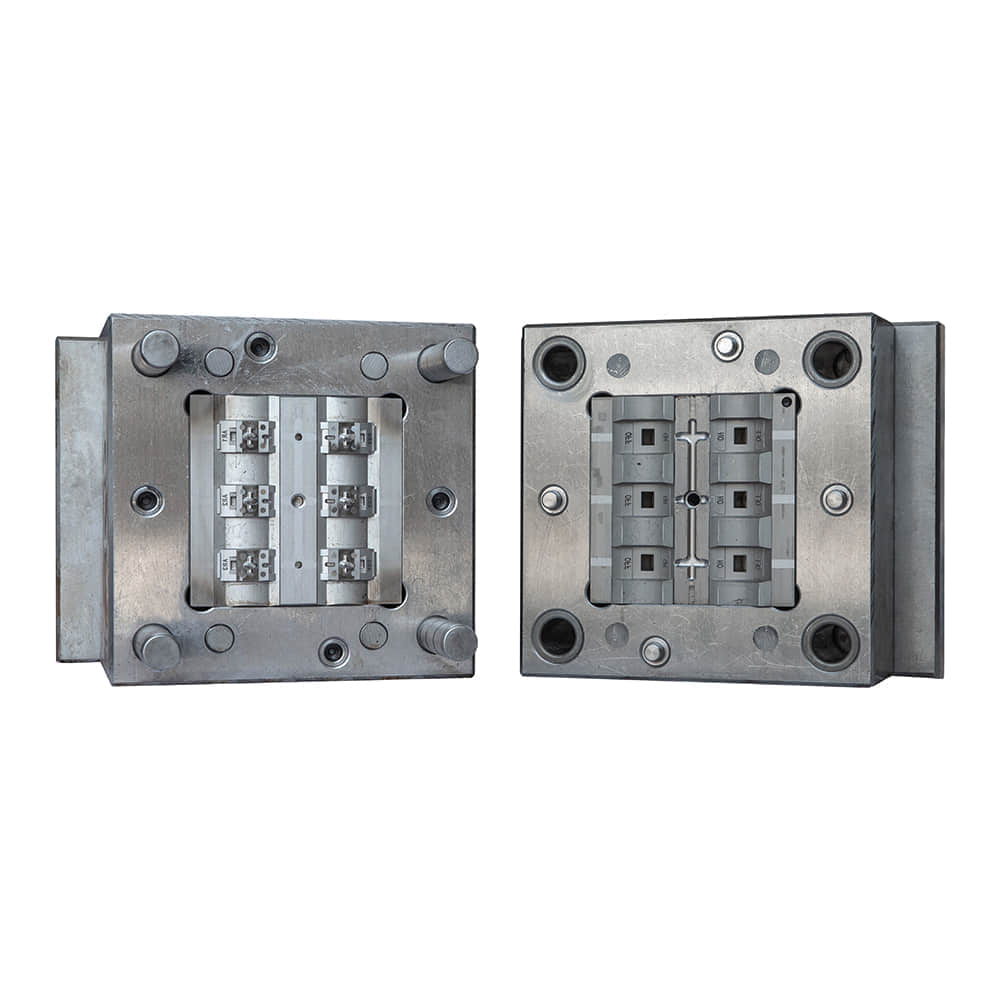Introduction

Thermoplastic injection molding is a revolutionary manufacturing process that has transformed the way industries produce complex and precise plastic components. This versatile technique utilizes thermoplastic materials to create intricate shapes, providing an array of benefits across various sectors. In this article, we delve into the world of thermoplastic injection molds, exploring their mechanisms, advancements, and wide-ranging applications.

Mechanisms of Thermoplastic Injection Molding Thermoplastic injection molding involves the careful orchestration of several key components: the thermoplastic material, the injection molding machine, and the injection mold itself. The process begins with the selection of a thermoplastic polymer, chosen for its specific properties such as strength, flexibility, and heat resistance. The polymer is then melted and injected into a precision-engineered mold cavity through a nozzle. Once inside the mold, the material cools and solidifies, taking on the shape of the mold’s interior. Advancements in Thermoplastic Injection Molds Recent advancements in materials and technology have significantly enhanced the capabilities of thermoplastic injection molds. One notable development is the use of high-performance polymers that offer improved mechanical properties and chemical resistance, expanding the potential applications of injection molding. Additionally, the incorporation of computer simulations and digital twin technology allows for meticulous design and testing before the physical mold is created, reducing trial and error and saving time and resources. Another breakthrough is the utilization of multi-cavity molds and automation systems. By incorporating multiple cavities within a single mold, manufacturers can produce multiple parts in each molding cycle, drastically increasing production efficiency. Coupled with automation, this advancement accelerates the overall manufacturing process, reduces labor costs, and ensures consistent product quality. Applications Across Industries The applications of thermoplastic injection molds span a multitude of industries. In the automotive sector, these molds are employed to fabricate intricate components such as interior panels, dashboard elements, and even engine parts. The medical field benefits from the production of precision medical devices and equipment housings. Consumer goods, including packaging, toys, and electronics, are manufactured with greater precision and efficiency thanks to thermoplastic injection molding. Moreover, thermoplastic injection molding plays a pivotal role in the aerospace industry, producing lightweight yet robust components critical for aircraft performance. The versatility of thermoplastics allows engineers to create parts that meet stringent safety and quality standards while reducing overall weight, contributing to fuel efficiency. Sustainability and Thermoplastic Injection Molding In an era focused on sustainability, thermoplastic injection molding aligns well with eco-conscious initiatives. The process generates less waste compared to traditional manufacturing techniques, as excess material can often be recycled. Furthermore, the lightweight nature of thermoplastic components contributes to energy efficiency during transportation and usage, further reducing the overall carbon footprint. Conclusion Thermoplastic injection molding stands as a cornerstone of modern manufacturing, revolutionizing industries through its precision, efficiency, and versatility. Advancements in materials, technology, and design have propelled this technique to new heights, enabling the creation of complex components that cater to various sectors. As the world continues to emphasize sustainability and resource efficiency, thermoplastic injection molding offers a promising solution to meet the demands of both today and tomorrow.
